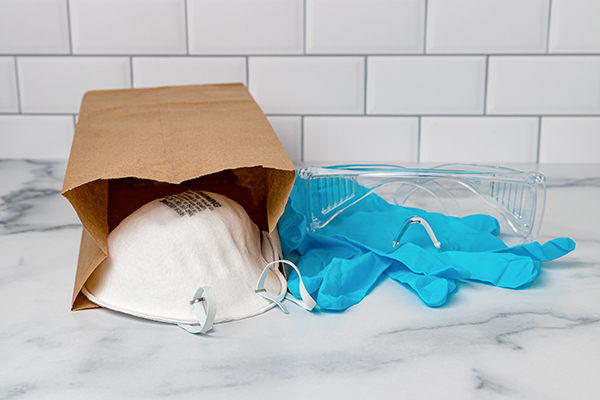Enhancing Safety and Adding Flavor: The Role of Additives in your Food Supply
Last week, I ran across a post on Facebook from a childhood friend denouncing additives in the food supply. I had to quickly scroll by, otherwise I may have been tempted to dispute the facts of the post. I realized that no matter how long I had known this individual, I was never going to change their mind about the important role some food additives play in the safety and flavor of our food on social media. But it did cause me to want to address food additives in the blog post this month.
Over the years, the shopping habits of the average American has changed drastically. Because of this, our demand for shelf life has increased, which has impacted the additives that are used in our food. This also impacts the food we purchase in our foodservice operations. Combined with this shift, our economy has transitioned from the agricultural society we once were, focusing much more on services, technology, and manufacturing. While this isn’t a bad thing, it does mean that fewer and fewer American’s truly understand our food supply and where our food comes from. Few have grown up on a farm or worked in agriculture, leading to questions about things such as additives and the role they really play in our food.
So, what is a food additive? According to the Food and Drug Administration (FDA), a food additive is “any substance the intended use of which results or may reasonably be expected to result, directly or indirectly, in its becoming a component or otherwise affecting the characteristic of any food.” The FDA is responsible for approving any new food additive that is not yet recognized as safe, and these additives are more strictly studied and regulated today than any other time in our history.
A food additive is generally considered safe for its intended use if the amount an average consumer would consume daily of the additive is less than, or approximates, the acceptable daily intake. The acceptable daily intake is the amount that can be consumed on a daily basis for a lifetime without risk to the individual, and these amounts are based on human and animal studies.
Consumers today demand convenience without compromising on safety or quality. Food additives enable manufacturers to meet these demands by providing products that are convenient, long-lasting, and safe.
Once a food item has been recognized as safe, it can be added to the GRAS (generally recognized as safe) list, officially known as the GRAS Substances Database. You will find many different substances on the list – many of which are likely very familiar to you, such as Sodium Chloride (table salt) and garlic. But you will also find those less familiar, such as Thiamine hydrochloride, which is used as a flavor enhancer and can be used to increase vitamin B1.
From preserving freshness to enhancing flavor and texture, food additives are an important tool for manufacturers to provide the product we find appealing and to help ensure the safety of the product. Antioxidants, such as vitamin C and tocopherols, help delay the onset of oxidation, which causes fats and oils to become rancid. Lecithin isn’t just a releasing agent, it can also be used to help with emulsification, improve texture and mouthfeel, and extend shelf life.
Food additives are also vital for food safety. Preservatives and antimicrobial agents help mitigate food safety risk by inhibiting the growth of bacteria and pathogens. For example, nitrates and nitrites are commonly used in cured meats to prevent the growth of Clostridium botulinum, the bacterium responsible for botulism. Citric acid and acetic acid are used to adjust the pH of foods, creating an environment that inhibits the growth of bacteria and prolongs shelf life. Sulfur dioxide is used in dried fruits to prevent microbial spoilage. By utilizing these additives in their formulation, manufacturers can reduce the likelihood of microbial contamination and help protect the public health.
Consumers today demand convenience without compromising on safety or quality. Food additives enable manufacturers to meet these demands by providing products that are convenient, long-lasting, and safe.
I would be remiss if I led you to believe that they are safe no matter how much is used. As I noted earlier in this blog, the additives are approved based on the acceptable daily intake. Thus, it is imperative to stress the importance of using additives judiciously and responsibly, adhering to regulatory guidelines and safety standards to protect public health and well-being. Risk Nothing.










